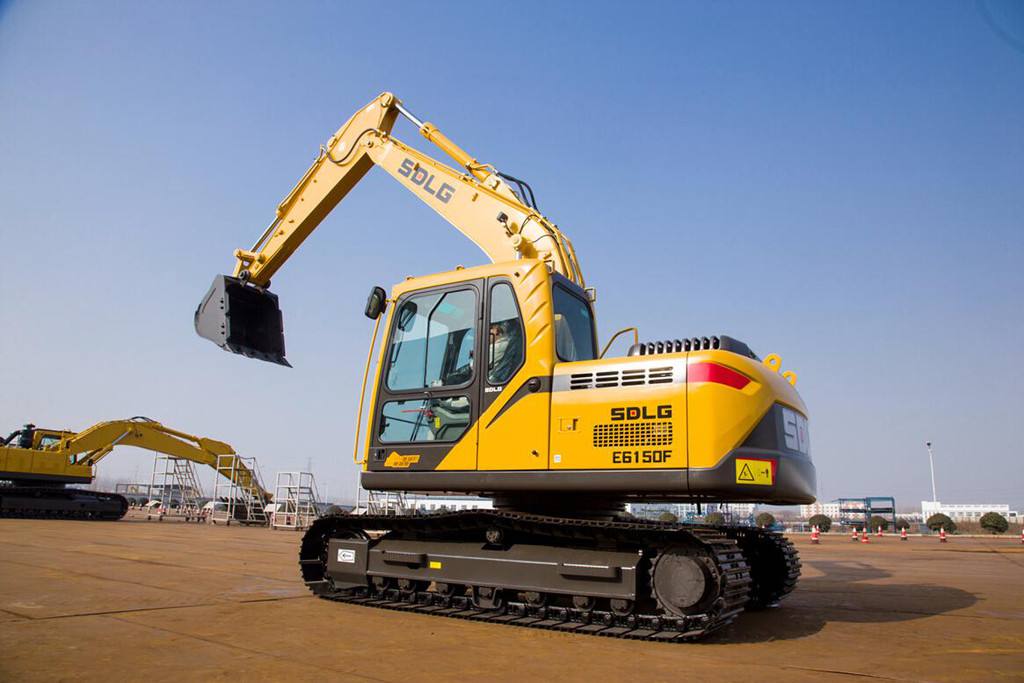
What are the main components of the excavator chassis?
The chassis part of the excavator is mainly divided into:
Roller, carrier sprocket, guide wheel, drive wheel and track;
Commonly known as "four rounds and one belt"
1, track roller
In daily work, the roller should be avoided for a long time to be immersed in muddy water, ice and snow; after each day of work, the unilateral track should be propped up, and the traveling motor should be driven to remove the dirt and other debris on the track; especially in winter construction. Always keep the roller dry. If the roller has water, it will form ice at night; when the second day of operation moves the excavator, the floating seal between the roller and the shaft will be scratched by ice contact, resulting in oil leakage.
2, top roller
Usually keep the X-slope bevel platform clean, do not let the soil pile up too much; otherwise it will cause the carrier sprocket to rotate. As with the roller, avoid the sprocket wheel soaking in the mud. The carrier roller is filled with lubricating oil at one time. If the oil leaks, only the new carrier roller can be replaced.
3, Sprocket
The tension spring assembly consists of a spring and a tensioning cylinder that requires regular oil draining and oiling. Draining oil: When the tensioning cylinder grease mouth is released at most, the butter will be squeezed out from the oil draining port; the operator must stand on the side to prevent the grease mouth from being ejected and causing casualties. Filling the oil: Tighten the grease fitting with a grease gun until the track is tensioned to the proper position.
4, Front Idler
The side of the drive wheel must always be at the rear. If the drive wheel is walking forward, it will not only cause abnormal wear on the drive ring gear and the chain track, but also cause early cracking of the X frame. Regularly open the walking motor guard to clean the dirt inside. When the motor protection plate protects the motor, it also stores some dirt and gravel inside. The moisture in the soil may corrode the joint of the motor oil pipe, and the gravel may interfere with the oil pipe, causing wear and leakage. oil. When replacing the final transmission oil, the excavator should be parked on a flat floor, and the final drive should be transferred to the oil draining port, which is at the bottom and perpendicular to the ground. When refueling, tighten the oil drain nut and refuel from the upper fuel filler port. The oil can flow out.
5, Track Group
Avoid walking on gravel for a long time. Long-term walking can easily cause bending deformation of the track shoe, and even cracking of the track shoe bolt fixing. The track tension should be appropriate, and the maximum vertical distance between the track plate and the long bar is generally between 15-30mm. Excessive tightening of the track will cause early wear of the chain links, ring gears and guide wheels.